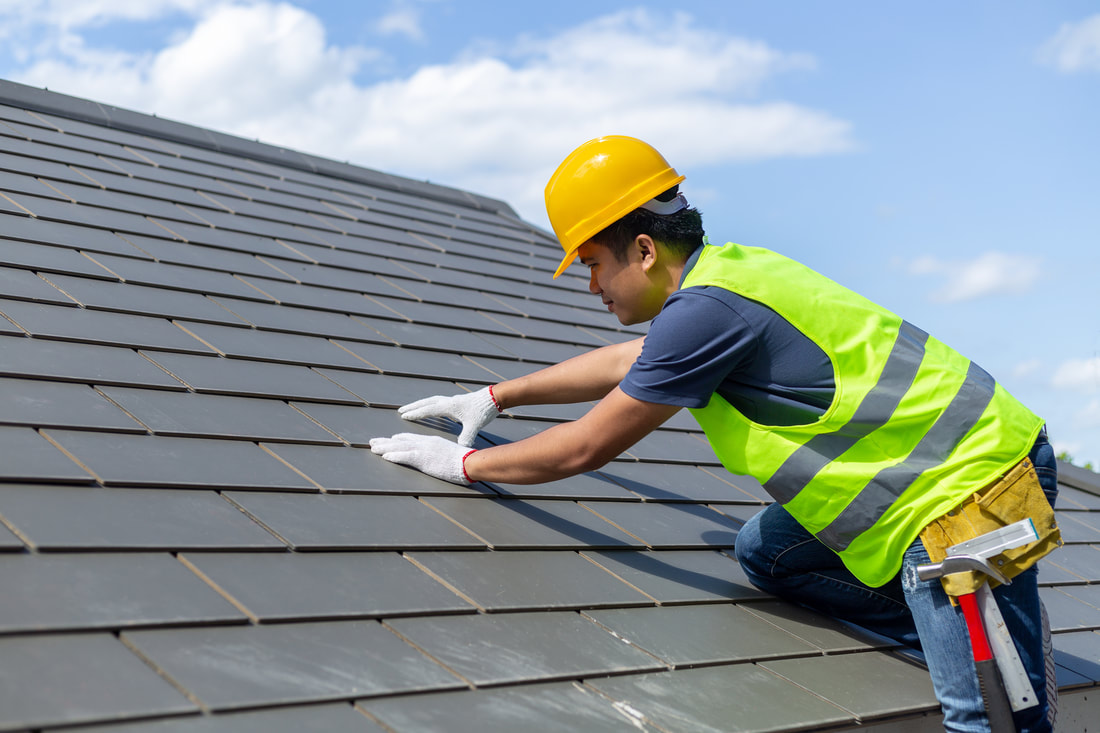|
Using rooftop fall protection systems is important for workers who work on rooftops. They can minimize the risk of falling and help you keep your OSHA incident record clean. You can find companies that make rooftop fall protection systems online. They can help you get a quote and find the right system for your needs. Using these devices also protects your employees in your building from injuries. Another type of rooftop fall protection system is known as a horizontal lifeline. Horizontal lifelines are typically made of a cable system supported by anchors. These systems allow continuous mobility along the fall hazard and can be used for roof workers who work on rooftops. While some models require the user to detach a lanyard at intermediate anchor points, others can be used as continuous bypass systems. An active fall protection system should connect to an anchorage point above the user's height to limit the maximum free-fall distance. In addition, rooftop anchorage systems are engineered to fit the existing roof structure, minimizing the design load on existing structures. The most common types of rooftop fall protection systems are single-point anchors and horizontal lifelines. Single-point anchors consist of a baseplate with attachment hardware and a connection point compatible with self-locking snap-hooks. Rooftop fall protection systems like roof hatch railing can be designed to prevent falls from heights between six and ten feet. They can also prevent workers from reaching the edge of the roof. Regardless of the application, rooftop fall protection systems must be designed to prevent injuries to workers and to prevent the development of new hazards. Many property managers wonder what type of Fall Protection system they should install for their building. Using rooftop fall protection systems is essential for workers' safety and compliance with OSHA regulations. Proper rooftop fall protection solutions can minimize the risk of serious injury and prevent costly accidents. In addition to providing additional safety to workers, osha handrails can help businesses meet their ANSI requirements while meeting the unique challenges of the rooftop environment. Using rooftop fall protection systems is also vital for workers who are working near dangerous machinery and equipment. OSHA has specific rules governing how far employees must be away from the edge of the roof and how much protection is required. If an employee is exposed to an unsafe condition, OSHA will issue a willful citation. When choosing a rooftop fall protection system, a thorough survey should be conducted to determine risk factors, the severity of exposure, and the type of work being performed. For example, a gutter cleaning task will be associated with different risks than working near a security camera on a flat roof. You must also determine the location of the job site and how long the task will take. You need to know the environmental conditions and history of incidents related to the task.For more info, please visit: https://en.wikipedia.org/wiki/Fall_protection
0 Comments
Leave a Reply. |
AuthorWrite something about yourself. No need to be fancy, just an overview. ArchivesCategories |

 RSS Feed
RSS Feed
